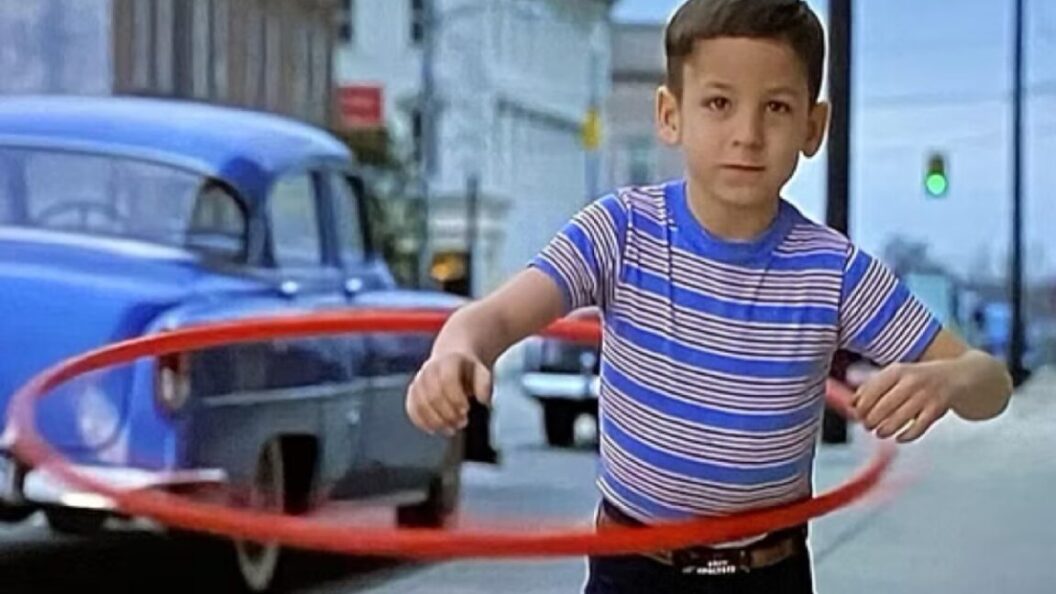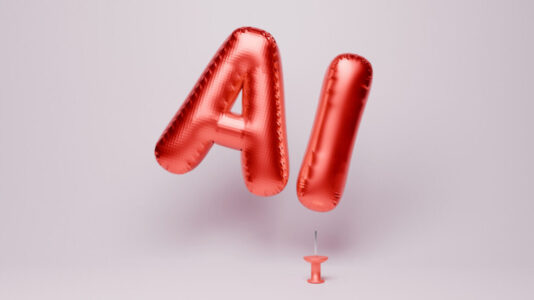Hula-Hoop Physics: New Insights Revealed by Researchers
The Hula-Hoop, a toy enjoyed by many for decades, has captured the attention of researchers at New York University, who have conducted a detailed study on the physics behind the popular spinning hoops. Their findings provide fresh insights into how different body types can influence the effectiveness of hula hooping as a fun physical activity.
Evolution of the Hula-Hoop
The modern Hula-Hoop, a lightweight plastic toy, was popularized by the Wham-O company in the late 1950s. It quickly became a cultural sensation, capturing the imaginations of children and adults alike. While the Hula-Hoop has been a source of entertainment and exercise, its mechanics have remained relatively unexplored until now. A recent paper published in the Proceedings of the National Academy of Sciences sheds light on the physics behind maintaining the hoop’s elevation during movement.
Key Findings of the Study
"We were surprised that an activity as popular, fun, and healthy as hula hooping wasn’t understood even at a basic physics level," said co-author Leif Ristroph, who leads the research effort. The study indicates that certain body types can perform more effectively while hula hooping, which involves not just physical ability but also the subtle interplay of forces affecting the hoop’s dynamics. The researchers believe that the mathematical principles uncovered could extend beyond hula hooping, inspiring innovations in engineering, energy harvesting, and robotics.
Contributions to Physics and Engineering
Ristroph’s lab is known for combining science with playful experimentation, tackling a variety of intriguing physical phenomena. For example, the lab fine-tuned the mechanism for creating the perfect soap bubble in 2018, and in 2021, they explored the dynamics of paper airplanes for smooth flight. Additionally, last year, the team solved Richard Feynman’s "reverse sprinkler" problem, demonstrating how the sprinkler’s mechanics closely resemble that of a rocket.
These studies emphasize the lab’s innovative approach, merging playful inquiry with serious scientific investigation. Ristroph noted that the research surrounding hula hooping falls within a broader exploration of "colorful real-world puzzles" that contribute to fundamental physics understandings and practical applications.
Background and Relevance of the Research
The renewed interest in the physics of hula hooping highlights a gap in the community’s knowledge about this ubiquitous activity. While many enjoy the health and happiness associated with hula hooping, little attention has been given to the principles that govern the performance. Ristroph’s findings could provide educators with new ways to teach physics concepts through engaging demonstrations.
Understanding the mechanics behind successful hula hooping could also lead to applications in other fields. The principles derived from the research could help in engineering robotic systems that require precise movements and positioning, utilizing the dynamics of movement in a controlled manner. Harvesting energy from vibrations, as mentioned by Ristroph, represents a near-future application of their findings that could further establish a connection between play and engineering innovation.
Conclusion: The Significance of the Findings
The exploration of hula hooping represents more than just an examination of a popular pastime; it serves as an example of how traditional activities can inspire modern scientific inquiry. The implications of Ristroph’s team’s work reach into various domains, from educational methods to advancements in technology.
As this research progresses, it may encourage future explorations in physics that borrow from the world of play, revealing hidden complexities in seemingly simple actions. This interdisciplinary approach underscores the importance of looking at everyday activities through a scientific lens, ultimately enriching our understanding of both physics and engineering in practical, relatable ways.









